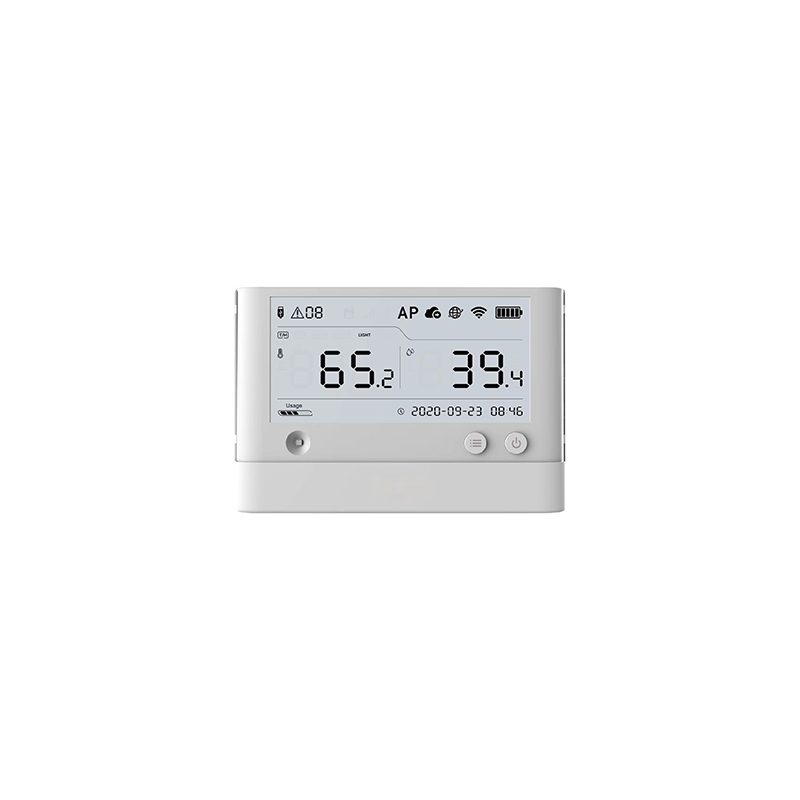
The Serial Peripheral Interface (SPI) is a synchronous, full-duplex communication protocol widely used in embedded systems for connecting microcontrollers to various peripherals. The STM32 family of microcontrollers, known for their versatility and robust performance, offers excellent support for SPI communication. This guide provides a detailed exploration of leveraging the Best SPI interface STM32 capabilities to achieve efficient and reliable data transfer in your applications. Whether you're a seasoned embedded systems developer or just starting out, understanding SPI communication on STM32 is crucial for building successful projects. We'll cover everything from basic configuration to advanced techniques, ensuring you're equipped to tackle any challenge.
SPI is a four-wire communication bus consisting of MOSI (Master Out Slave In), MISO (Master In Slave Out), SCK (Serial Clock), and CS (Chip Select). The master device controls the clock signal and initiates communication, while slave devices respond based on their assigned Chip Select lines. Data transfer is synchronous, meaning data is transmitted and received in sync with the clock signal. Understanding this basic architecture is essential for proper Best SPI interface STM32 implementation.
SPI offers various modes determined by the clock polarity (CPOL) and clock phase (CPHA). CPOL defines the idle state of the clock signal (high or low), while CPHA dictates when data is sampled (on the rising or falling edge). Choosing the correct mode is crucial for compatibility with the connected peripheral. The STM32's flexibility allows for easy configuration of these parameters, adapting to the specific requirements of your chosen device. Careful consideration of these settings is vital for achieving the Best SPI interface STM32 performance.
The STM32CubeMX tool simplifies the process of configuring SPI peripherals. By selecting the desired SPI instance and configuring the clock speed, mode, and data order, you can quickly generate the necessary initialization code. This significantly reduces development time and ensures a robust setup. This tool helps to achieve the Best SPI interface STM32 configuration effortlessly.
Let's illustrate a practical example of transmitting and receiving data using SPI on an STM32 microcontroller. This example demonstrates the basic steps involved in configuring the SPI peripheral, sending data to a slave device, and receiving the response. The code provided is based on the STM32 HAL library, offering a platform-independent approach to SPI programming. We will showcase a typical code snippet to help you understand the practical application of obtaining the Best SPI interface STM32.
// Example code (simplified for demonstration)// ... initialization ...uint8_t data_to_send = 0x55;uint8_t data_received;HAL_SPI_TransmitReceive(&hspi1, &data_to_send, &data_received, 1, HAL_MAX_DELAY);// ... processing ...For higher performance and reduced CPU load, consider using DMA (Direct Memory Access) and interrupts. DMA allows for efficient data transfer without CPU intervention, while interrupts provide asynchronous event handling. Integrating these features is crucial for optimizing your application and achieving optimal performance with your Best SPI interface STM32 setup.
Troubleshooting SPI issues can be challenging. This section covers common problems, such as incorrect clock configuration, data order mismatch, and hardware faults. Effective debugging techniques, including logic analyzers and oscilloscopes, are discussed to ensure efficient problem-solving for your Best SPI interface STM32 implementations.
Accurate timing and synchronization are critical for reliable SPI communication. This section addresses potential timing issues and offers practical solutions for achieving optimal synchronization. We will highlight strategies for successfully managing timing constraints to attain the Best SPI interface STM32 results.
The selection of the appropriate SPI peripheral greatly influences the success of your project. Consider factors such as data rate, communication mode, and power consumption. Choosing compatible SPI devices will contribute greatly to realizing the Best SPI interface STM32 possible. The STM32's comprehensive selection of SPI peripherals ensures there is a suitable choice for virtually any application.
For more information on high-quality LCD displays for your embedded projects, please visit Dalian Eastern Display Co., Ltd.












